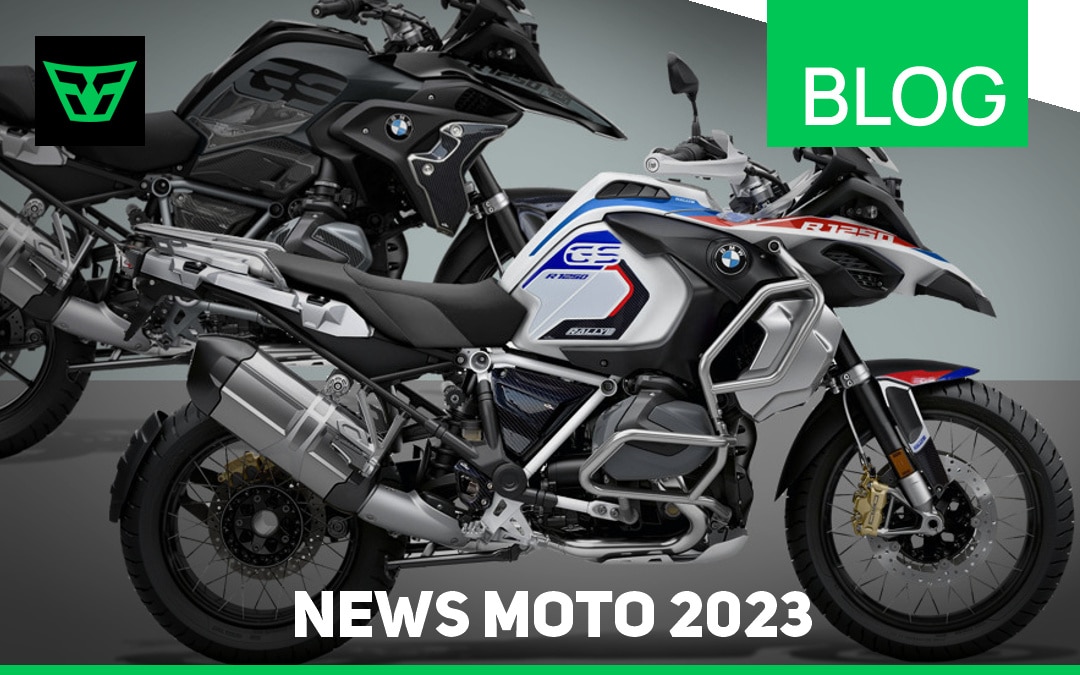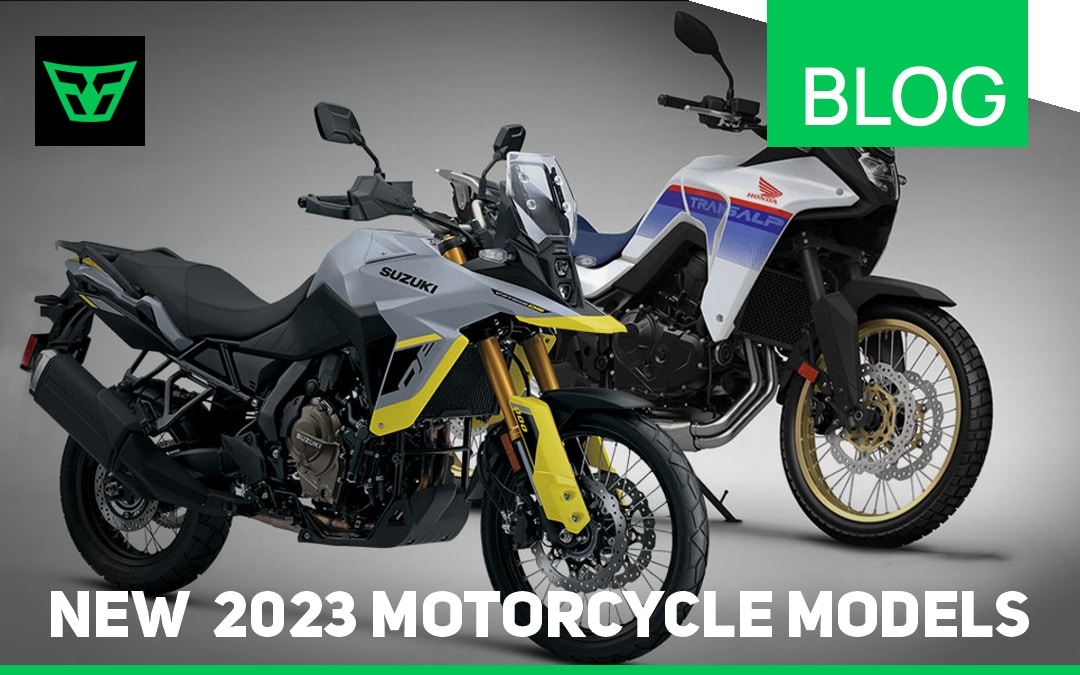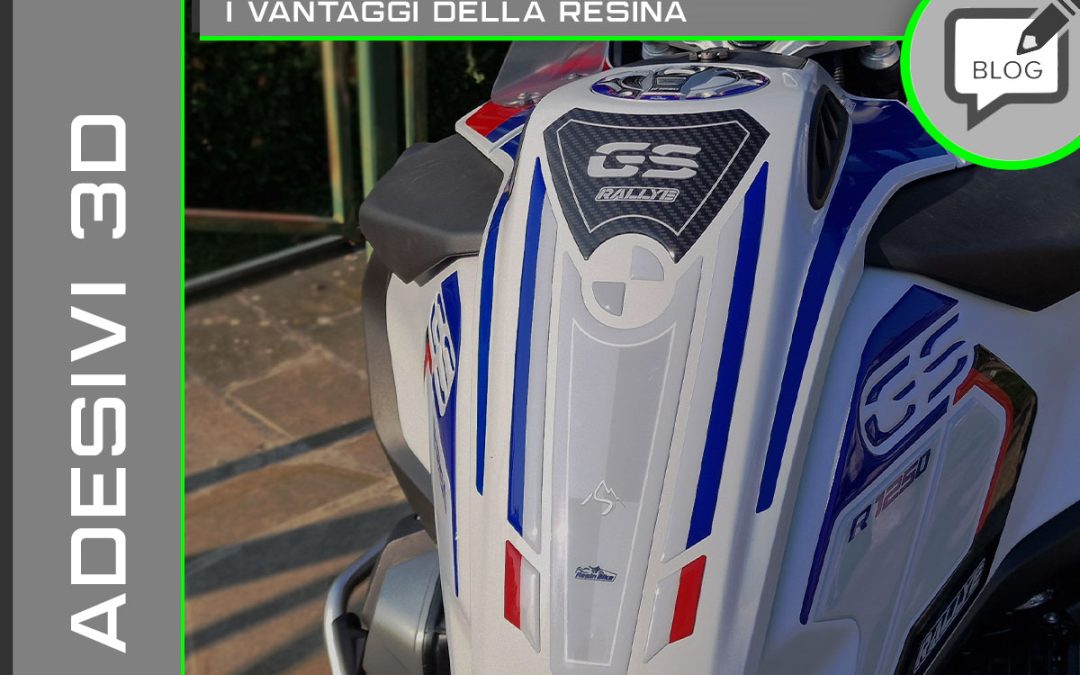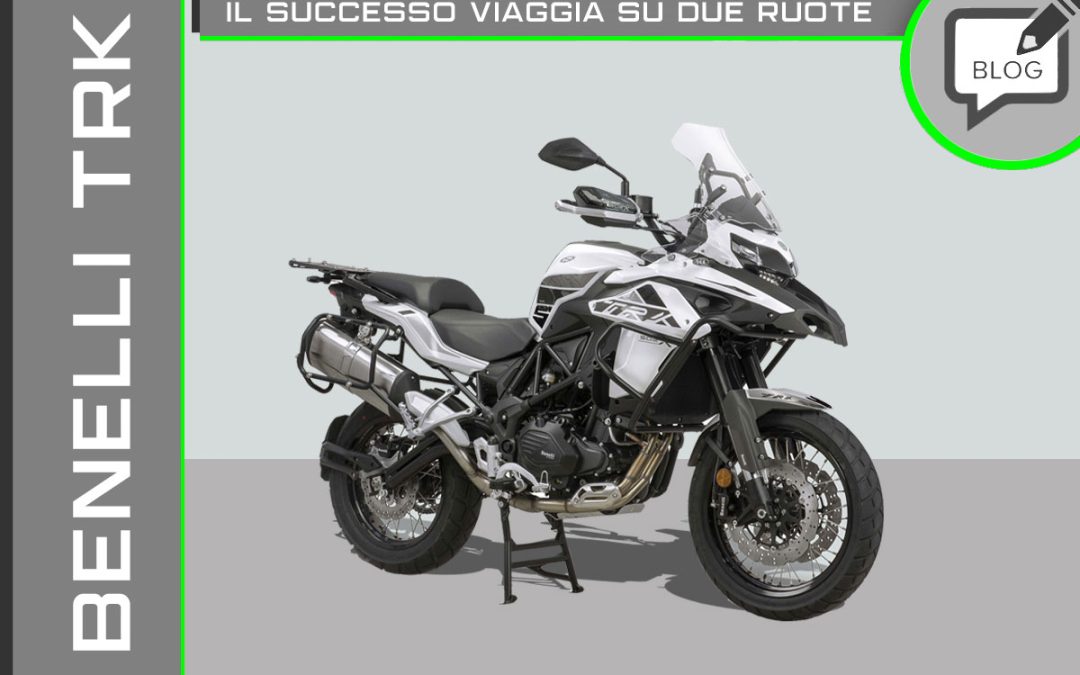Traveling by motorcycle has always been a synonym for absolute freedom and adventure. Yet, it takes strong adaptability, organizational skills, and some riding skills to be able to face potential problems.
In this article, together we’ll see the main steps each biker should take before venturing on unknown roads with their two-wheeler. We’ll provide you with general information, particularly useful for first-time bikers.
Motorcycle travels may be risky and lead to unexpected situations. So, you should take into account each element before hitting the road.
Preliminary steps: how to get your motorcycle ready for travels
First things first, you have to make sure your motorcycle is in optimal conditions to take the trip you’ve planned.
So, you first need to know the characteristics of the route and if there are mountain roads, hairpin turns, rough terrain, and dirt roads, etc.
Another important element you should consider is the travel length. Clearly, going on a 500 km trip is totally different from going on a more challenging one of over 2000 km.
As a consequence, getting your motorcycle ready is the first main step to take.
You need to ensure the engine is in optimal conditions. So, you have to check the oil level, filters, timing, belts, and the levels of the other necessary liquids.
Another important step consists in checking suspensions and shock absorbers, which are more stressed while riding, as well as brakes, tires, and lights.
The choice of the type of tires also depends on the travel you’ll take. For dirt roads, knobby tires are needed, but you have to pay attention because on the asphalt they wear out more rapidly, hindering road holding.
Choosing the right tires isn’t a trivial matter: you need to consider the route you’ll take and the way you’ll use them.
Anyway, we suggest you get a service check from your trusted mechanic before hitting the road.
How to choose the suitable clothing for traveling by motorcycle
The choice of motorcycle garments is another fundamental aspect, depending on the travel you’ll go on and the season. For instance, if you’re going to Africa in summer, you’d better opt for light clothes and not bring rainproof gear with you. Instead, if you’re going to Russia in winter, you should absolutely wear thick gloves, sweatshirts, and a thermal suit.
When talking about technical motorcycle clothing, we deal with a complex matter as we’ve already seen in this article “What’s the best motorcycle clothing”, where we’ve provided a general overview of the topic.
There are endless options, such as GORE-TEX, windproof, rainproof, and waterproof clothes made up of two, three, or four layers. So, if you don’t have a quite clear idea of what you’re looking for, you may end up spending a lot of money without buying what you need.
For sure, the necessary technical equipment to ride safely is a must. So, we recommend you wear a full-face helmet, a jacket and trousers with hard protection, technical anti-torsion boots with reinforced toe, and back protectors.
What to bring with you during your travel by motorcycle
The best advice we can give you is to bring the minimum necessary with you. But, what’s the minimum? It often happens that you end up bringing a lot of things with you and, at the end of your trip, you realize they’re not really essential after all.
That’s why you should choose technical garments that save space, rapidly dry between stops, and provide you with the best comfort while riding.
Microfiber clothes prove to be valuable allies, because you quickly wash them and they dry in a snap. In this way, you won’t have to bring several sets of clothes with you. If you get your act together, you can ride for thousands of miles with just two sets of clothes!
Consider that even the motorcycle load affects consumption and riding performance, that’s why you shouldn’t leave anything to chance.
Besides clothing, it’s important to bring the original tool kit that came with your motorcycle.
This tool kit is usually sold together with motorcycles or can be easily obtained from your dealer. The standard tool kit allows you to disassemble almost the entire bike without much hassle. In addition to this, don’t forget to carry a chain lube if your bike uses a chain, and a certified first-aid kit, which is mandatory in some countries (for example, in France, the use of approved gloves is required).
Not everyone knows, but it’s worth mentioning that the first-aid kit includes not only scissors and gauze but also a thermal blanket, which can be handy in case of emergency.
It’s also smart to bring a multi-tool Swiss Army knife, and lastly, a tire repair kit suited for either tube tires or tubeless ones, as most bikes nowadays have tubeless tires.
You might also want to get a portable tire inflator to adjust tire pressure on your own, which can be incredibly convenient. If you want to deepen this topic, Ricky the Road talks about it on his YouTube channel.
And to wrap up, we recommend always having:
- A set of various fuses;
- Plastic zip ties;
- Duct tape;
- Spare bulbs;
- Wire, which can come in handy;
- A couple of spare bungee cords or an extra cargo net.
Useful tips to travel by motorcycle
When you take a trip by motorcycle, especially if you’re a first-time biker, you’d better not underestimate the fatigue that comes from spending long hours on your seat. For this reason, we suggest you get used to riding for several hours before you start your travel and don’t plan too long routes. A 6 or 7 hour trip may be exhausting for those who aren’t used to it even though you wouldn’t tell.
Wear comfortable clothing you’ve already worn, starting from your helmet, which you should use for a while before venturing out to new destinations. Ending up being not comfortable while traveling, it’s not ideal.
Also remember to wear earplugs since hearing highway’s noise for long may be annoying and you may be uncomfortable while riding.
You should make frequent stops and rest every time you need it. You’d better ride your bike when you feel great and avoid challenging your endurance.
Are you a travel enthusiast and want to deepen this topic? Try and read our articles: “Roadbook for motorcycles: what it’s useful for and why” and “The 10 best places to visit in Italy riding your motorcycle”.
Finally, if you want to provide your motorcycle with extra protection, visit our online store and you’ll find the perfect 3D stickers to prevent scratches, abrasion, and wear. All sticker designs are original ResinBike creations and are specifically developed to perfectly match each motorcycle’s style.
Do you have any questions or concerns? Feel free to contact us and we’ll be happy to help you!
- Instagram @ResinBike
- Facebook facebook/resinbike
- YouTube youtube.com/channel/resinbike
The cover picture features our friend, Claudio Mandalà, during his travel to Durmitor National Park, in Montenegro. Follow @ildiariodellamucca on Instagram.









